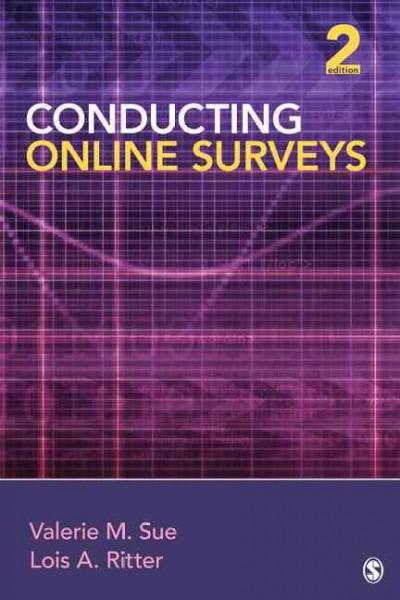Question
Purpose: Effective communication is one of the key skills required to build responsive and inclusive relationships in early childhood communities. Particularly, facilitating positive interactions with
Purpose:
Effective communication is one of the key skills required to build responsive and inclusive relationships in early childhood communities. Particularly, facilitating positive interactions with colleagues, supervisors, parents/families, and community members can help you collaborate with them, and therefore, strengthen and expand children's learning, skills, and development. The aim of this exercise is for you to practice effective communication skills with adults in diverse early childhood communities through a case study.
Learning outcome assessed:
L.O. # 4 - Examine the function of communication to support responsive inclusive relationships in diverse early childhood communities
L.O. # 5 - Apply theories of team functioning to facilitate positive interactions with adults in diverse early childhood communities
INSTRUCTIONS:
Step 1 - Choose and read ONE (1) of the following case studies.
- The Sara's Confusing Behaviour Case Study (read the page 4, 5, 6ONLY):
https://www.college-ece.ca/en/Documents/CS1_Saras%20Confusing%20Behaviour.pdf
- The Valuing Inclusivity and Privacy Case Study (read the page 4, 5ONLY):
https://www.college-ece.ca/en/Documents/CS7_Valuing%20Inclusivity%20and%20Privacy.pdf
Step 2 - Write a response to the case study you chose by answering the following questions:
- Provide a brief summary of the case study you chose. [ words maximum]
- (a) What is the I messaging technique? Link your response to class notes and/or external resources. (b) Use the I messaging technique to write what you would say to 1 colleague featured in the scenario. [125 words maximum] -NOTE: All ideas that you include that are derived from class notes and/or external sources must be referenced according to current APA standards.
- (a) What is active listening? Link your response to class notes and/or external resources. (b) Explain how you would use active listening when communicating with 1 colleague featured in the scenario. [ words maximum] -NOTE: All ideas that you include that are derived from class notes and/or external sources must be referenced according to current APA standards.
- What other interpersonal communication techniques would you use in order to establish and maintain positive interactions with the adults depicted in the case study? Identify and describe two distinct skills and discuss how you would use them to ensure responsive inclusive relationships materialize. Link your response to class notes and/or external resources. [125 to 200 words] -NOTE: All ideas that you include that are derived from class notes and/or external sources must be referenced according to current APA standards.
- What professional responsibilities do ECEs, such as those depicted in the case study, have to establish and maintain positive partnerships with adults? Identify and discuss two professional standards from the College of ECE's (2017) Code of Ethics & Standards of Practice document in your response and describe how the standard would inform your work with adults. [200 words to 250 words] -NOTE: All ideas that you include that are derived from class notes and/or external sources must be referenced according to current APA standards.
Step by Step Solution
There are 3 Steps involved in it
Step: 1

Get Instant Access to Expert-Tailored Solutions
See step-by-step solutions with expert insights and AI powered tools for academic success
Step: 2

Step: 3

Ace Your Homework with AI
Get the answers you need in no time with our AI-driven, step-by-step assistance
Get Started


